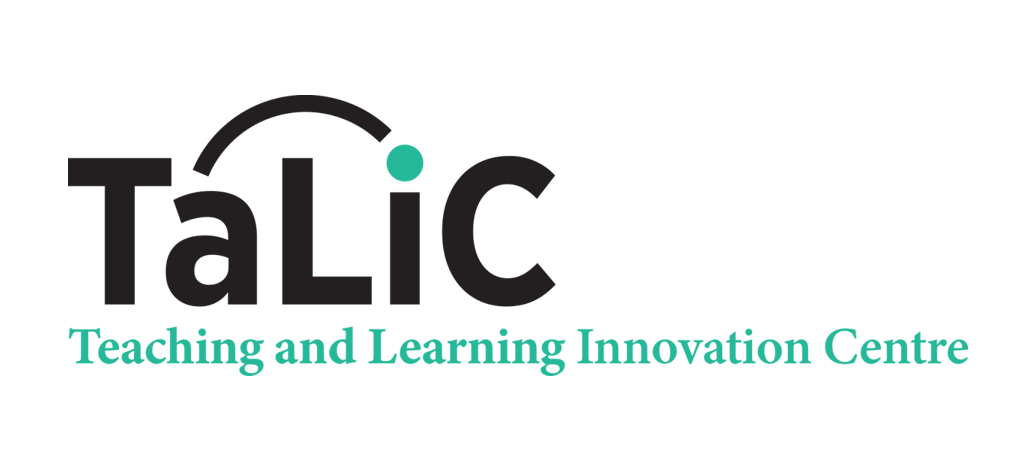The six core principles to AI policy in education are:
- equal access is important;
- guaranteeing AI security is critical;
- AI literacy is essential;
- rethinking pedagogy is most likely necessary;
- course assessment will be greatly impacted and may need to be redesigned; and
- academic integrity is an issue of concern for staff and students alike.
As per Chan and Colloton (2024), the process of developing an AI policy should ideally adhere to a structured method. The following five steps can guide the development of an AI policy:
- Initiation and planning: A committee with different stakeholders should be formed to drive the policy development process. This stage should consider stakeholder needs, institutional infrastructure, and existing practices to define the objectives and scope of the AI policy.
- Stakeholder engagement: Communication channels should be established between the committee and all stakeholder groups to facilitate ongoing discussions about the integration of AI in education. Educational materials and information should be developed and distributed to enhance stakeholders’ understanding of AI and its potential implications in education. This will enrich stakeholder discussions and contribute to the policy development process.
- Policy development: Insights gathered from previous steps should be taken into account to inform policy drafting. Input from legal and technical experts should also be considered in the drafting process. The draft policy should be shared with all stakeholder groups for review and feedback, then undergo the necessary revisions. Once finalised, the policy should be reviewed again to ensure it is ready for submission to the institution board, senior management, and/or other governing bodies for approval.
- Approval and adoption: After receiving approval, the AI policy should be announced through official channels of the institution. The policy document should be shared with all stakeholders, formally acknowledging the AI policy within the institution.
- Implementation: An implementation plan should be created with clear steps, timelines, resources, and responsibilities. Training and support structures for stakeholders should be established. To monitor and evaluate the implementation of the AI policy, regular reports to review progress and identify areas for improvement should be submitted. The policy should also undergo continuous review, with adjustments made as necessary.
By following these steps, institutions can effectively develop and implement an AI policy, ensuring a thoughtful and structured approach to the integration of AI into education.
Reference
- Chan, C. K. Y. & Colloton, T. (2024). Generative AI in Higher Education: A ChatGPT Effect. Routledge.
- Chan, C.K.Y. (2023). A Comprehensive AI Policy Education Framework for University Teaching and Learning. International Journal of Educational Technology in Higher Education. https://doi.org/10.1186/s41239-023-00408-3




